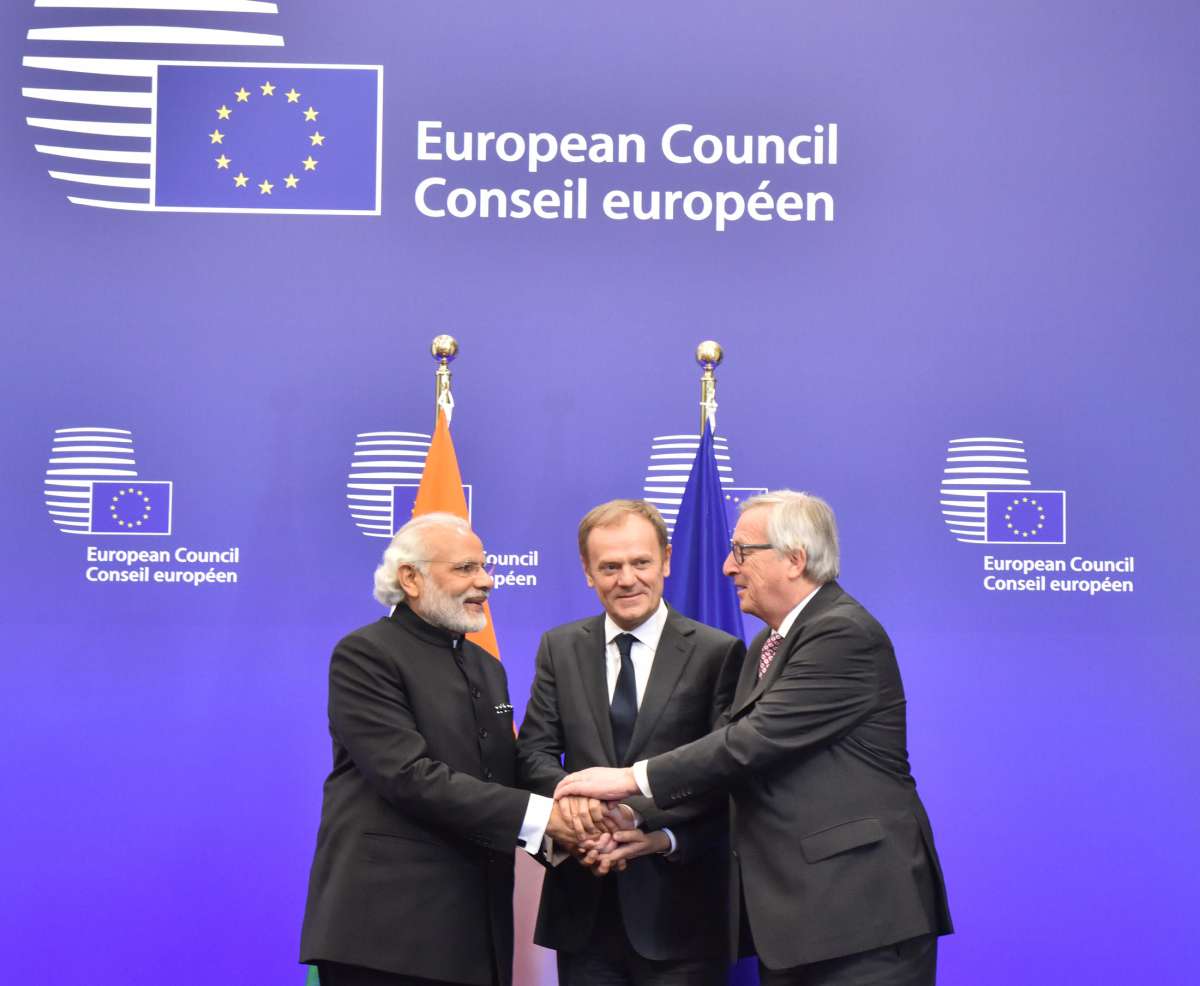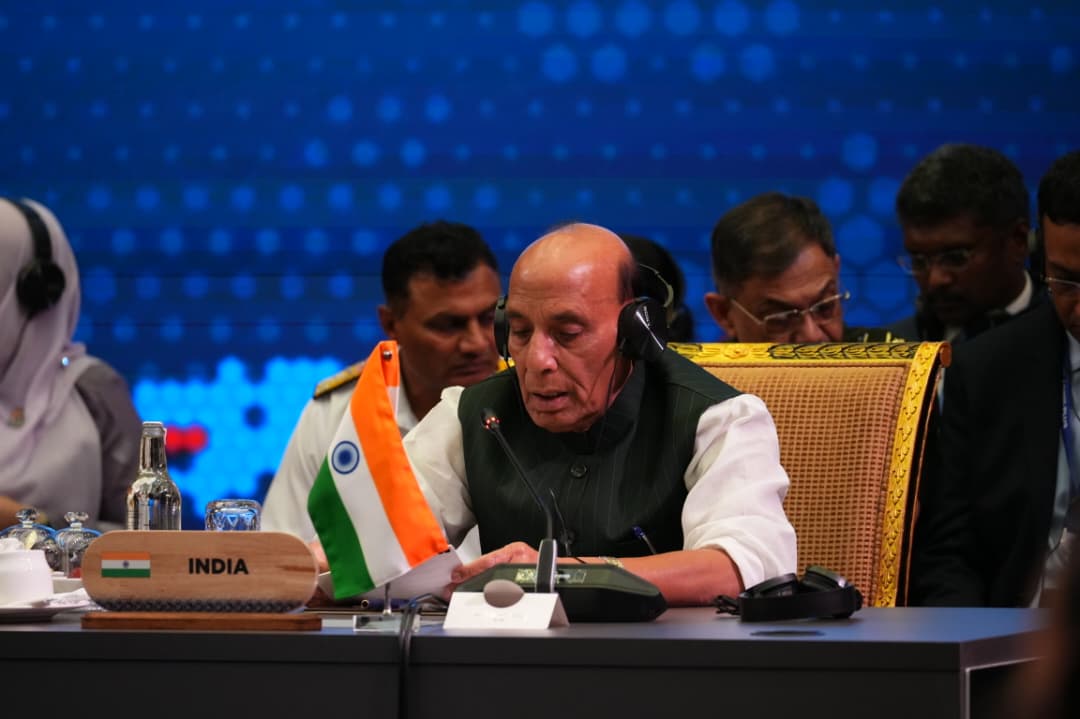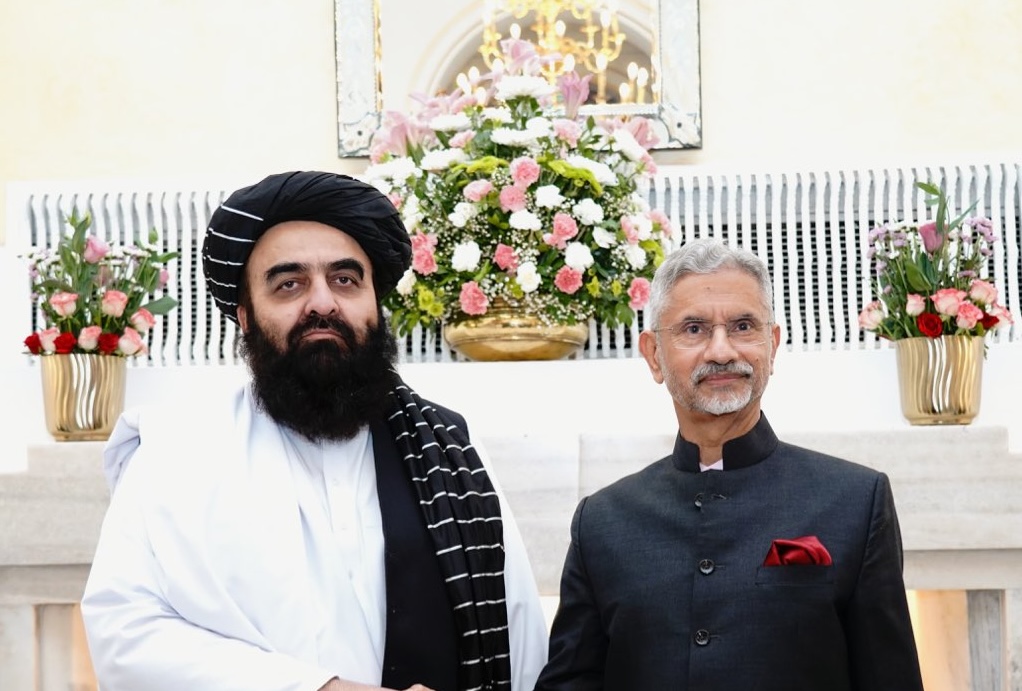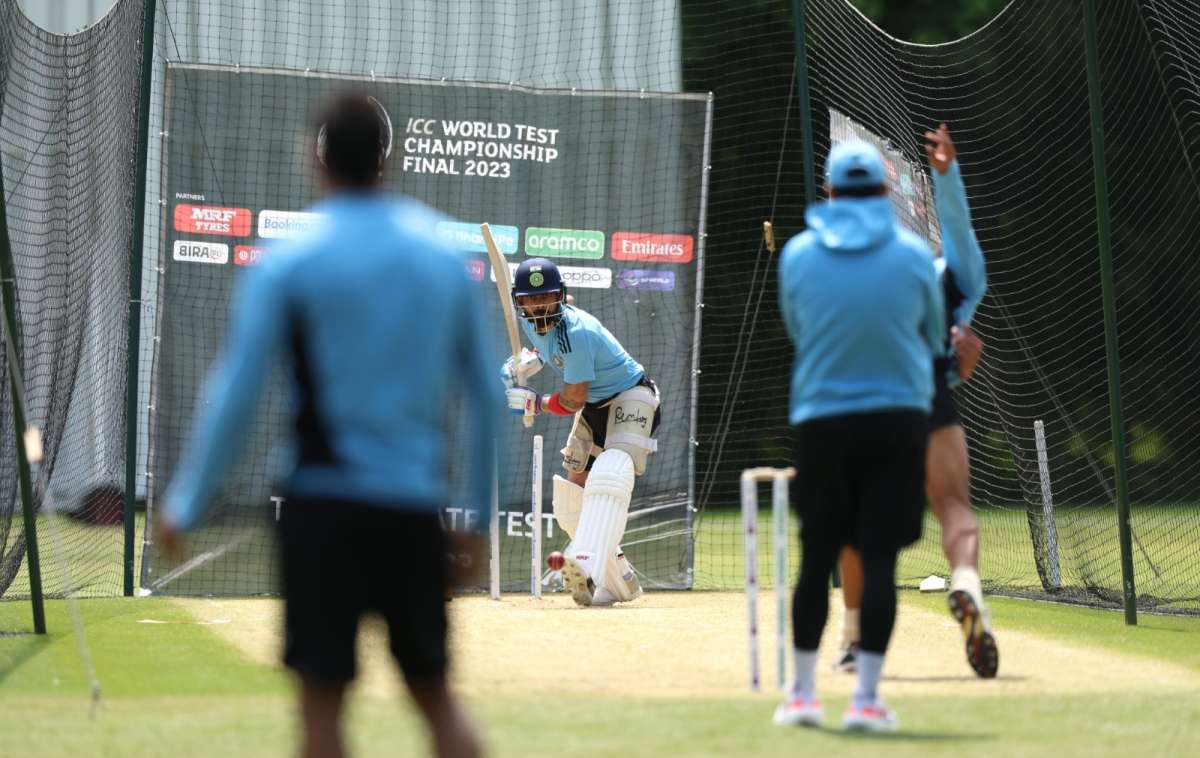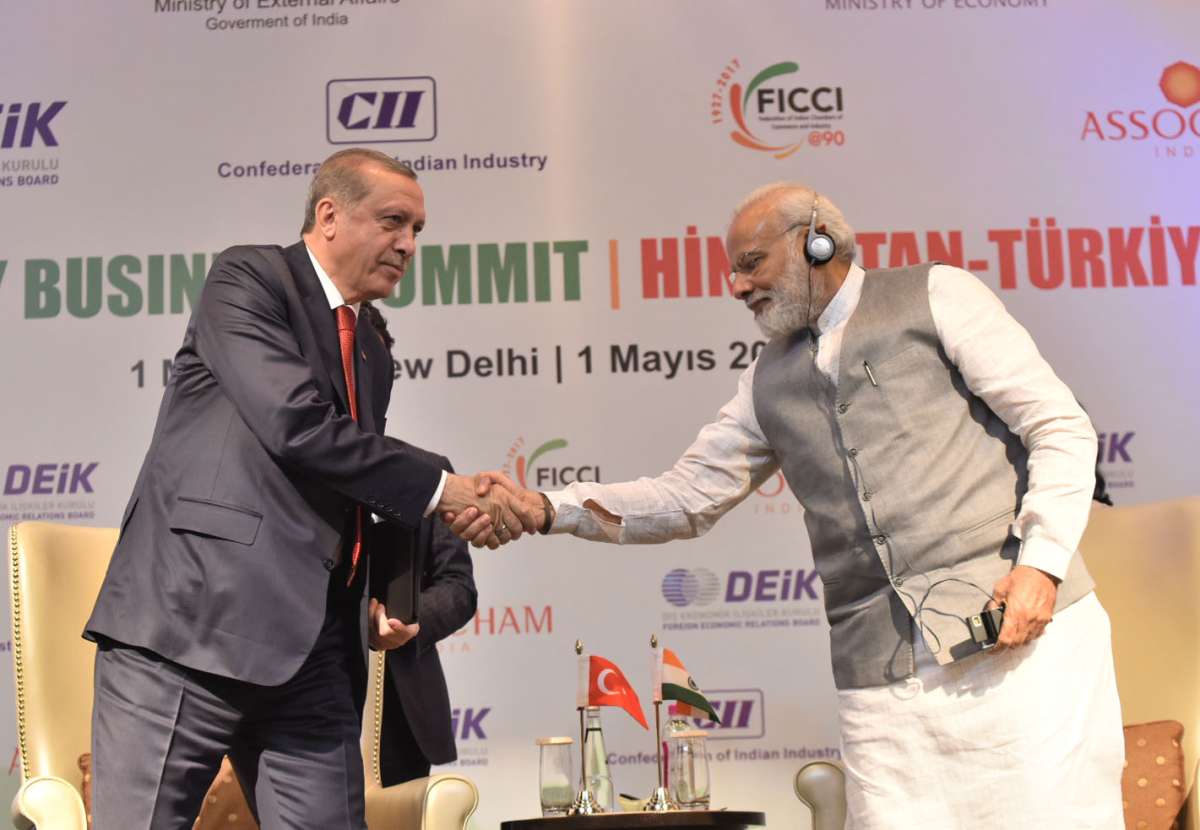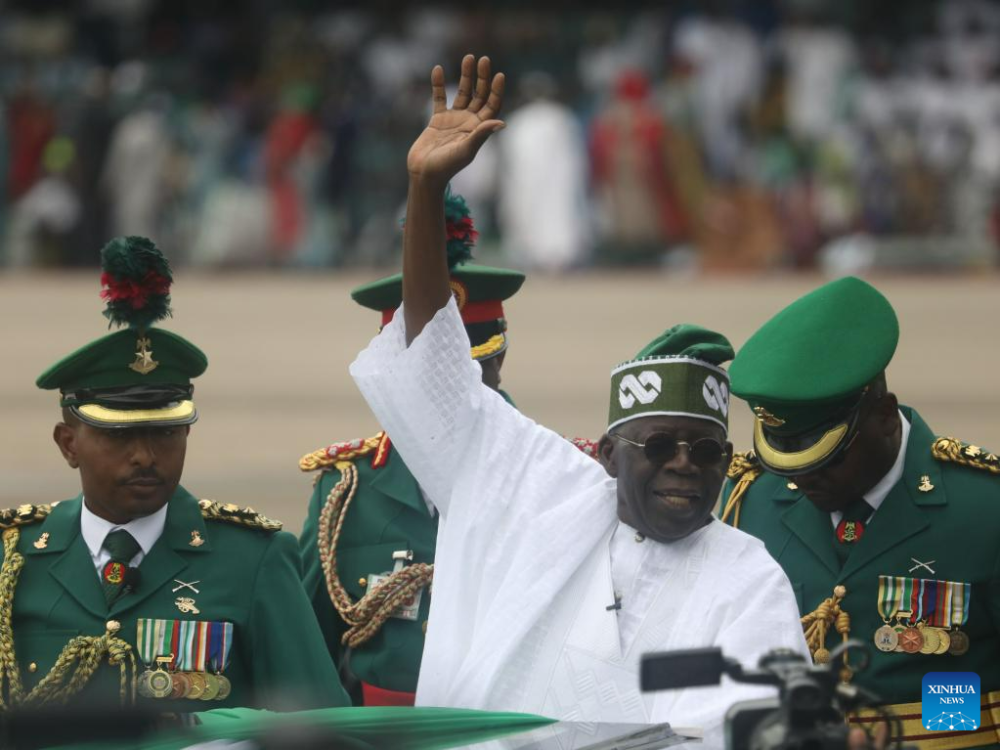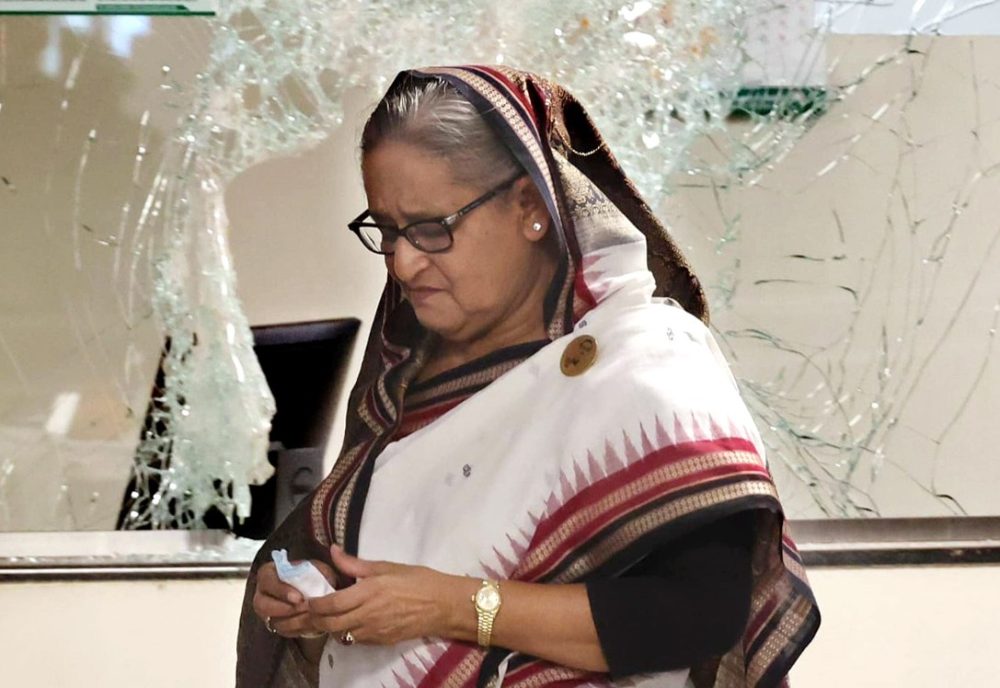The India–EU Connectivity Partnership was launched during the India–EU Leaders’ Meeting in May 2021…reports Asian Lite News
India and the European Union (EU) are holding the Global Gateway Conference in Meghalaya on Thursday. The two-day meet seeks to boost connectivity in India’s North-East region as well as integrate it with neighbouring countries like Bhutan, Bangladesh and Nepal for improved trade and economic uplift of the region.
The conference will also seek to “explore possibilities of boosting connectivity investments in India’s North-Eastern States and with India’s neighbours”, says the Ministry of External Affairs. The connectivity project stands on three pillars of strengthening Digital, Energy and Transport links, and aims to identify projects for joint implementation.
For India, the two-day meet will ignite action around connectivity issues in South Asia which are being implemented through the Bangladesh-Bhutan-India-Nepal (BBIN) initiative in an effort to build a seamless movement of people and cargo traffic. Connectivity between the four nations is expected to lead to regional economic integration and better people-to-people contacts, which have remained tethered to tensions among the South Asian Association for Regional Cooperation (SAARC) nations.
The India–EU Connectivity Partnership was launched during the India–EU Leaders’ Meeting in May 2021 with Prime Minister Narendra Modi, 27 EU Member States and the President of the European Council and the European Commission. The ambitious ‘connectivity partnership’ is focused on enhancing digital, energy, transport and people-to-people connectivity, through private and public financing of these projects.
It also looks at supporting connectivity initiatives in Indo-Pacific nations.
The EU-India connectivity partnership aims at supporting sustainable digital, transport and energy networks besides promoting the flow of people, goods, services, data and capital. The conference in Meghalaya will also scout for investments in the areas of health and education, clean and renewable energy and transport connectivity consisting of roads, bridges and railways.
Besides India and the EU, the conference will be attended by stakeholders from the private sector as well as representatives from the three South Asian nations.
The Global Gateway Strategy of the EU, which was launched in December 2021, builds on the priorities of the Paris Agreement and the UN Sustainable Development Goals (SDGs), along with linking to its Indo-Pacific strategy and separate connectivity partnerships with Japan and India.
For India, the experiences of an integrated EU will come in handy for linking South Asia along with the benefits of strengthening the Indo-Pacific framework.
One that is important to highlight is the Joint Declaration of Intent (JDI) on the implementation of Triangular Development Cooperation projects in Third Countries between India and Germany. Leading on this, India’s foreign minister S Jaishankar agreed to evaluate such economic outreach with Svenja Schulze, Federal Minister for Economic Cooperation and Development.
The concept led to the “Global Gateway” – an infrastructural and connectivity development program. Global Gateway (GG) is the EU’s €300 billion international investment project. This is the biggest investment roadmap ever.
In terms of financial commitment, several agencies within the EU–the Neighbourhood, Development and International Cooperation Instrument (NDICI)-Global Europe, InvestEU and European Fund for Sustainable Development all together commit upto €135 billion for guaranteed investments for infrastructure projects between 2021 and 2027.
Global Gateway is intended to shape and redefine the norms of global infrastructure projects from Asia to Africa.
At the heart of the GG is the connectivity that puts India at the centre stage amidst ongoing great-power competition. It derives its strength from the EU Strategy for Cooperation in the Indo-Pacific which was laid down by European Council in April 2021.
The joint communication on the strategy, released in September, highlighted seven priority areas for action: “Sustainable and inclusive prosperity; green transition; ocean governance; digital governance and partnerships; connectivity; security and defence; and human security.
Under the GG, the EU is also finding ways to embrace opportunities for Indian infrastructure developmental projects and connectivity in the Indian subcontinent.
“You’re all very well familiar that India and EU have a very strong element of connectivity partnership. And this connectivity partnership structures across a range of areas, you could call it infrastructure connectivity, digital connectivity, financial connectivity, and physical connectivity across a range of areas. Now, Global Gateway is an EU initiative and I think that is something on which the EU would be a far better place to elaborate on,” Foreign Secretary Vinay Kwatra said.
While the EU-India dialogue under the GG is still confined within the stretch of the Indian subcontinent, questions remain if India could directly participate in such a global alliance.
In that case, it opens opportunities to plan and implement big-scale global projects with the consortium of EU countries.
Fundamentally, the initiative seeks to align on mutual development and transparency in taking up global projects.
As the emphasis of such alignment remains on financial transference and accountability, it certainly hints at countering the troubled Chinese Belt and Road Initiative (BRI) which has received flanks for its dubious financing and investment, leading to the ‘debt trap’ for many countries across Asia and Africa.
ALSO READ-Tibetans irked over China’s eviction order for dam project


